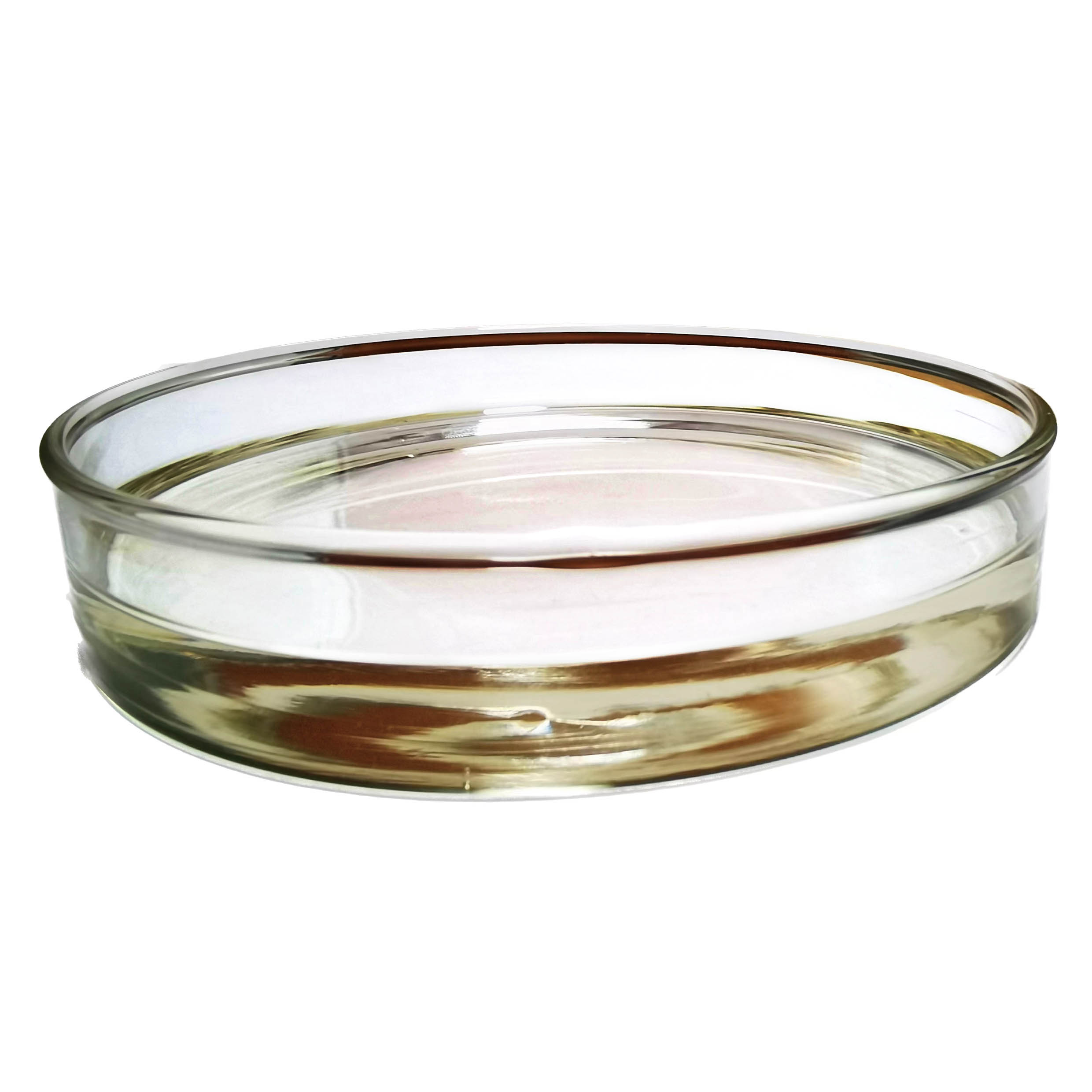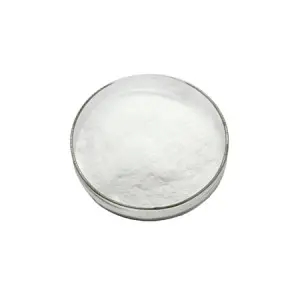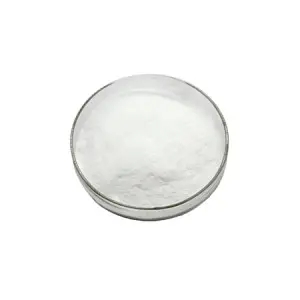Solid-phase peptide synthesis (SPPS): 123622-48-0 FMOC-5-AMINOPENTANOIC ACID is used as a building block for the synthesis of peptides. The FMOC group temporarily protects the amino group, allowing for stepwise elongation of the peptide chain on a solid support.
Peptide modifications: 123622-48-0 FMOC-5-AMINOPENTANOIC ACID can be incorporated into peptide sequences to introduce lysine or ornithine residues, which can serve various purposes. Lysine residues, for example, can be used to introduce positive charges into peptides, affecting their solubility, binding properties, and cellular uptake. Ornithine residues can be used to mimic structural features found in proteins or to modulate peptide conformation.
Studying protein-protein interactions: Peptides containing lysine or ornithine residues can be designed to mimic protein binding sites or domains. They can serve as probes to study protein-protein interactions, receptor-ligand interactions, or enzyme-substrate interactions.
Drug delivery systems: 123622-48-0 FMOC-5-AMINOPENTANOIC ACID can be used in the synthesis of peptide-based drug delivery systems. Lysine residues, for instance, can facilitate cellular uptake of peptide conjugates through interactions with cell surface receptors or transporters. Ornithine residues can be strategically placed to modulate the structure or pharmacokinetics of the peptide-based drug.
Bioconjugation chemistry: 123622-48-0 FMOC-5-AMINOPENTANOIC ACID can be employed in the conjugation of peptides to other molecules or surfaces. For instance, lysine residues can be functionalized with reactive groups for coupling to drugs, imaging agents, or nanoparticles, expanding the applications of peptides in biotechnology and nanomedicine.
Biomedical research: 123622-48-0 FMOC-5-AMINOPENTANOIC ACID derivatives can be used to study various biological processes, including cell signaling, protein trafficking, and enzyme regulation. They can serve as tools for elucidating the roles of specific amino acid residues in peptide structure and function.
 Building 12, No.309, South 2nd Road, Economic Development Zone, Longquanyi District, Chengdu, Sichuan, China.
Building 12, No.309, South 2nd Road, Economic Development Zone, Longquanyi District, Chengdu, Sichuan, China. amy@enlaibio.com / cynthia@enlaibio.com / edison@enlaibio.com / daisy@enlaibio.com
amy@enlaibio.com / cynthia@enlaibio.com / edison@enlaibio.com / daisy@enlaibio.com +86 (028) 84841969
+86 (028) 84841969 +86 135 5885 5404
+86 135 5885 5404






















.png)


